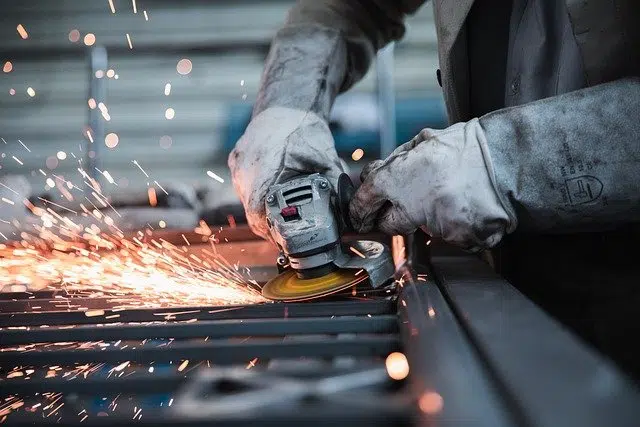
Manufacturing activity transforms raw materials into products
The notion of factory comes from the Latin word fabrīlis . The term refers to what is linked to a factory : a building that has the machines and resources necessary to produce or transform certain elements .
factory activity
The factory, therefore, is associated with these establishments and the people who work in them . Manufacturing activity , as equivalent to industrial activity in general, is very important for the economy of all countries.
The idea of manufacturing activity, in this framework, refers to the processes that are developed to transform sources of energy and raw materials and to generate products. These goods can be final (ready for consumption) or used for the production of other different products.
Factory activity is one of the most relevant economic indicators . For its measurement, various variables are taken into account that allow determining the growth or contraction of production in a certain period.
Without manufacturing activity our reality would be so different that it is difficult to imagine it. A life without access to or dependence on any commercial, mass-produced product is extremely rare. Suppose someone wanted to live outside of civilization, and even build his own house: at least his clothes, his tools, and the glass for the windows would surely come from industry.
factory process
The notion of manufacturing process , on the other hand, points to the modifications that are made to the raw material . When a raw material arrives at a factory, it is subjected to various changes until it becomes a product . These stages constitute the manufacturing process.
Depending on the type of raw material, the stages it undergoes can be very different. Therefore, we must describe those that are most frequently applied to offer a general idea of the manufacturing process. It is common for the raw material to arrive in a larger size than what is needed to make each piece ; Therefore, the first step usually consists of cutting it (if it is an iron , for example) or dividing it into suitable parts.
Then some transformation process may take place, such as bending or welding. Depending on the material, it may allow handling at certain extreme temperatures without breaking, and may maintain the modifications when returned to room temperature.
Changes are usually made next, such as perforations and more specific cuts than those in the first step, to give it a shape closer to what it will have in the end. Another very common stage is assembly , joining the pieces to others, which have probably gone through similar procedures. Finally, there is the surface finish , which may include some treatment to reinforce it or give it color, among other possibilities.
factory system
Finally, the method of labor and production organization that characterized the Industrial Revolution is known as the factory system . With the factory system (or factory system , in English), unlike the domestic system, each operator was in charge of a separate part of the total production, which allowed efficiency to be increased.

The raw material must go through various processes
These workers were paid a salary , rather than being paid for each piece they made. The machines used in the manufacturing system were of very high size and cost, and were all located in the same building, where all activities took place.
It is estimated that the English industrialist Richard Arkwright was the one who promoted the factory system. This is supported by the fact that after having patented his invention called the hydraulic spinning machine in 1769, he opened a factory in the county of Derbyshire where we can find the principles previously explained.
